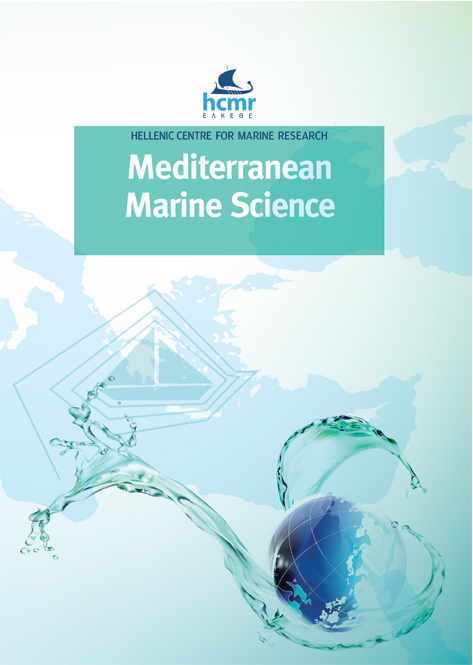Traits and metabolic constraints affect marine animal forest structure
Περίληψη
The term marine animal forests (MAFs) describes a diverse range of 3-dimensional habitats dominated by benthic suspension feeders. The ecosystem functions of MAFs are broadly understood, but an overall framework remains to be developed. We present an equation that generalizes the relationships among species’ height, depth of occurrence and mean water temperature in terms of the metabolic theory of ecology (MTE). The applicability of the equation to field observations collated from the literature (n = 284) was tested using a multiple regression of colony density (log of numbers m-2) against transformed depth, height and temperature as predictors. Morphology was also examined both as a factor and when interacting with the effect of colony height. The model explained 39.7% of the variability in colony density with significant effects of morphology and height. Colony density decreased with taller individuals (slope -0.760, SE 0.1677). Typical mass-height scaling in MAF species suggests that the observed slope is less than the slope that would be predicted by the MTE. A detailed evaluation requires further estimates of metabolic rates in MAF species. Some morphologies, particularly planar and bushy sea rods, reach higher colony densities than expected for their size. These morphologies have been associated with environments where food supply may be higher due to currents or turbidity. Morphology-environment associations may therefore allow traits to be incorporated into an overall description of MAF ecosystems. With further improvements in observations of both colony density and metabolic scaling with size, a comprehensive description of energy flow in MAFs could be possible.
Λεπτομέρειες άρθρου
- Πώς να δημιουργήσετε Αναφορές
-
JOHNSON, M., & FERREIRA, J. (2025). Traits and metabolic constraints affect marine animal forest structure. Mediterranean Marine Science, 26(2), 370–377. https://doi.org/10.12681/mms.39396
- Ενότητα
- Research Article
Authors who publish with this journal agree to the following terms:
- Authors retain copyright and grant the journal right of first publication with the work simultaneously licensed under a Creative Commons Attribution Non-Commercial License that allows others to share the work with an acknowledgement of the work's authorship and initial publication in this journal.
- Authors are able to enter into separate, additional contractual arrangements for the non-exclusive distribution of the journal's published version of the work (e.g. post it to an institutional repository or publish it in a book), with an acknowledgement of its initial publication in this journal.
- Authors are permitted and encouraged to post their work online (preferably in institutional repositories or on their website) prior to and during the submission process, as it can lead to productive exchanges, as well as earlier and greater citation of published work (See The Effect of Open Access).





